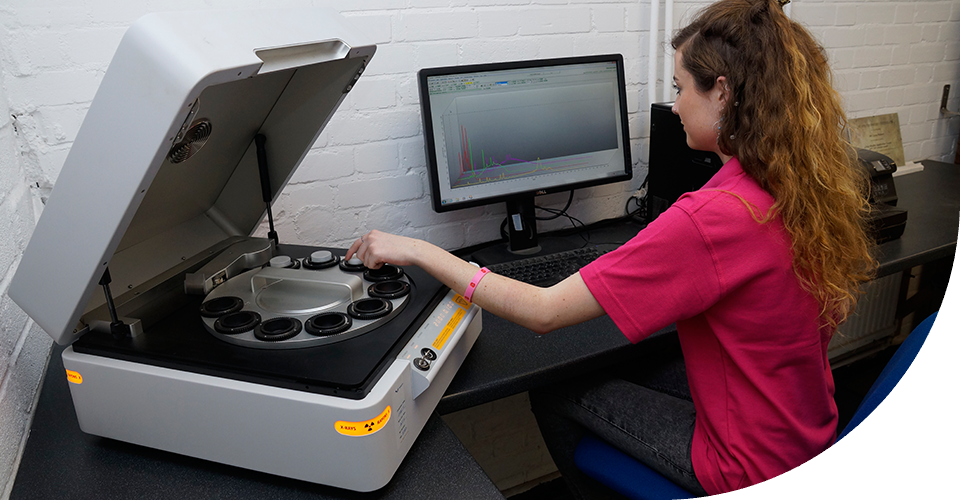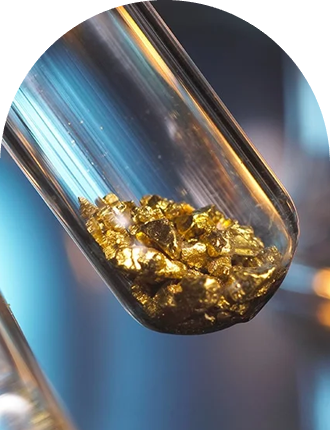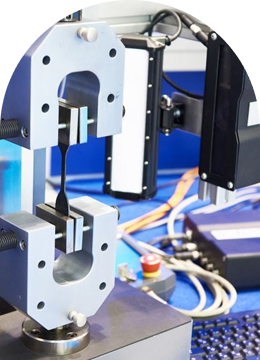
Materials
Testing

Minerals
Testing

Applications
Testing

MCTC is a facility where various types of mineral samples are tested and analyzed for their composition, properties, and quality. The primary goal of an MCTC is to provide accurate and reliable data that can be used by the mining industry, mineral processing plants, exploration companies, and other stakeholders.
Committed to Good Professional
Laboratory & High-quality Service
MCTC is a facility where various types of mineral samples are tested and analyzed for their composition, properties, and quality. The primary goal of an MCTC is to provide accurate and reliable data that can be used by the mining industry, mineral processing plants, exploration companies, and other stakeholders.
The types of minerals that are tested in a minerals MCTC can include such as well as non-metallic minerals such as Clay Minerals, Silicates Minerals, Carbonates Minerals, and various industrial minerals. The laboratory may use a variety of analytical techniques and equipment to test these minerals, including spectrometry, X-ray diffraction, electron microscopy, and other specialized techniques.




Minechem

Ceramic

Technology

Center
Our Services
Our happy customers give us impactfull and positive feedback on our services, customer supports & etc.
-
 Customized
Customized
Approach -
 Experience Based
Experience Based
Services -
 Prompt
Prompt
Services -
 Accuracy
Accuracy
-
 Safety
Safety
-
 Best Price
Best Price
Our Skills
We also understand of the properties and characteristics of different minerals and the geological processes that form them are essential for effective mineral testing. And also understanding the properties and behavior of different materials, including metals, plastics, ceramics, and composites, is essential for effective materials testing.
X-ray Fluorescence
XRF - An X-ray fluorescence (XRF) spectrometer is an X-ray instrument that is employed for the routine chemical analysis carried out on sediments, rocks, minerals and fluids. It is a relatively non-destructive technique that works on wavelength-dispersive spectroscopic principles. XRF instrumentation is generally used for bulk analyses of larger areas of minerals and materials.


The technique used by XRF spectrometers is possible because of the behavior of the atoms when they interact with radiation. If material is excited via high-energy, short-wavelength radiation it may become ionized. If the energy is high enough it will have the capacity to dislodge an inner electron that has been tightly held. After this, the atom becomes unstable causing an outer electron to take the place of the missing inner electron, releasing energy.
Our Working Process
We are the team of experts and specialist for particular braches falls into research and diagnosis, ready to serve you at their best.






